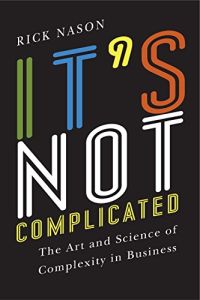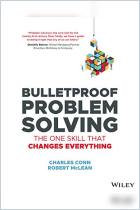Join getAbstract to access the summary!

Join getAbstract to access the summary!
Rick Nason
It’s Not Complicated
The Art and Science of Complexity in Business
University of Toronto Press, 2017
What's inside?
Explore the “complexity-thinking paradigm,” and discover that “it’s not complicated.”
Recommendation
Drawing on systems thinking, professor Rick Nason encourages you to differentiate among “simple, complicated and complex” problems. He explains the “false axioms of business” and seven ongoing “paradigm shifts“ to help you understand how each type of problem requires a unique approach. Nason draws from economic theory, scientific management and behavioral research to offer a broad perspective on problem solving. At times you might feel a bit lost in this rather complicated – or complex? – approach to strategic thinking, but Nason cites business examples, both recent and historic, to help you connect the dots. getAbstract recommends his take on conquering the “complexity-thinking paradigm” to businesspeople and managers who may sometimes feel stuck in old ways of attacking hard problems.
Summary
About the Author
Rick Nason is an associate professor of finance in the Rowe School of Business at Dalhousie University in Halifax, Nova Scotia.

















Comment on this summary